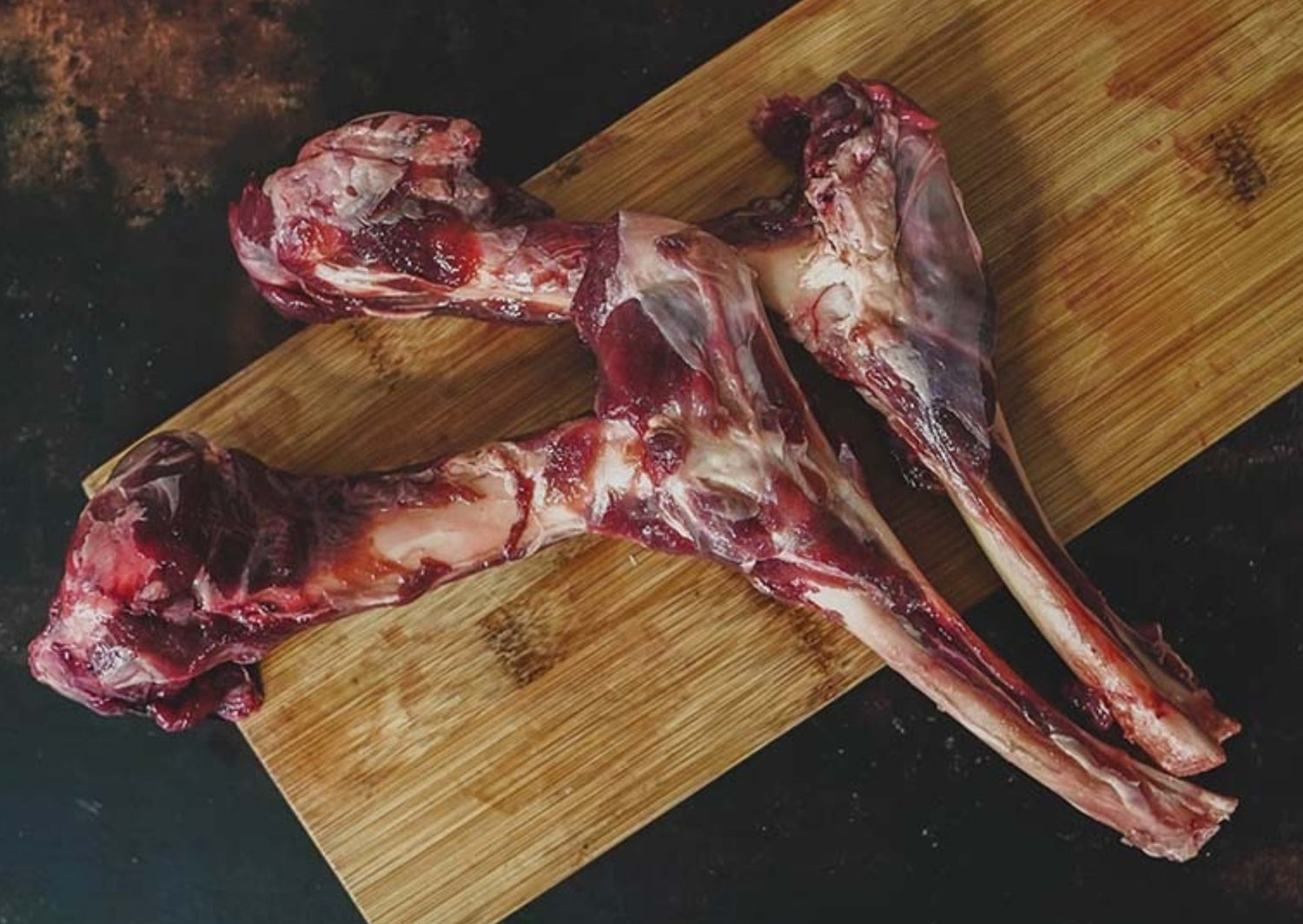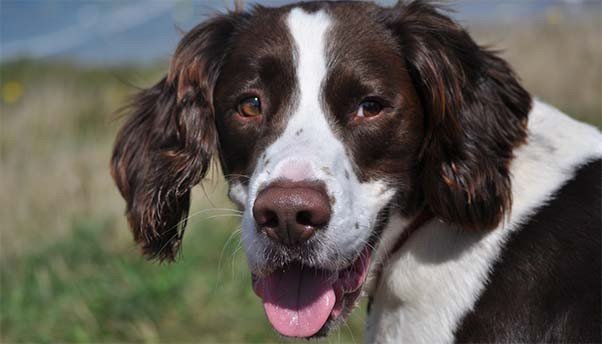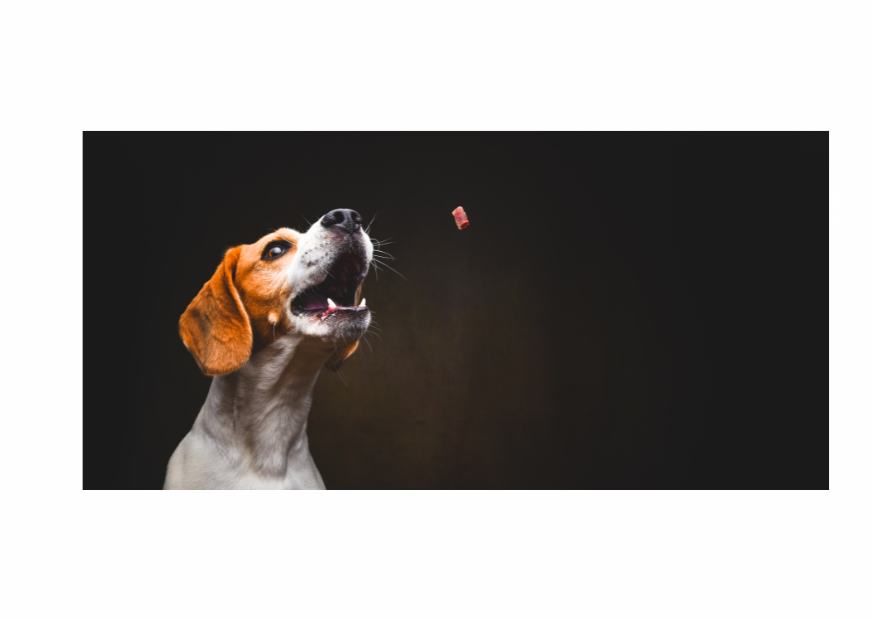Myth vs. Fact: Are Raw Bones Dangerous for Dogs?

When it comes to feeding our canine companions, it can feel like navigating a maze of myths and well-meaning advice. One myth that keeps popping up is the idea that raw bones are dangerous for dogs. Let’s dig into the truth about raw bones and why they might just be the treat your dog deserves!
The Myth: Raw Bones Are Dangerous
You’ve probably heard it before—raw bones are risky. Often, the reasoning behind this is that people believe that they could choke your dog, break their teeth, or even harm their digestive system. Some worry about internal blockages or tears that might mean an emergency trip to the vet. But before you steer clear of bones forever, let’s bust this myth wide open.
The Fact: Raw Bones Are Safe (When Done Right)
Raw bones, unlike their cooked counterparts, can be a safe and nutritious option for dogs when chosen and handled correctly. Here’s why:
Raw Bones Don’t Splinter Like Cooked Bones
Cooked bones become brittle and splinter into sharp shards, posing serious risks to your dog’s digestive system. Raw bones, on the other hand, are flexible and far less likely to splinter. Think of them as nature’s chew toy—designed to satisfy your dog’s natural chewing instincts safely.
They’re a Natural Toothbrush
Raw bones double as a dental treat. Chewing helps scrape away tartar and plaque, promoting fresh breath and healthier gums. Plus, it gives their jaw a workout and satisfies their natural urge to chew. That's a win-win! For more information, have a look at our other blog, ‘Are Raw Meaty Bones the Answer to your Dog’s Health Issues?’ - https://thefarmersdog.uk/blogs/guides-and-advice/could-raw-meaty-bones-be-the-answer-to-your-dog-s-health-issues
Packed with Nutrients
Raw bones are little nutrient powerhouses. Raw bones provide vital minerals such as calcium, zinc, iron, selenium, copper and magnesium. They are rich in lysine which is vital for bone growth, as well as lots of chondroitin and vitamin C which are crucial for healthy joints.
The Right Bone Makes All the Difference
Not all bones are created equal. Choosing the right size and type is key to making raw bones a safe and enjoyable treat. For more advice on how to choose the best bone for your dog, check out the blog written by our Canine Nutritionist, ‘Which Raw Bones are Best for My Dog?’ - https://thefarmersdog.uk/blogs/guides-and-advice/which-raw-bones-are-best-for-my-dog
Additional Tips for Safe Raw Feeding
-
Always Supervise: Keep an eye on your dog while they chew to prevent choking or overconsumption.
-
Introduce Gradually: If your dog is new to raw bones, start with softer, smaller options and observe how they handle them.
-
Know the Difference: Recreational bones (e.g. marrow bones) are for chewing and mental stimulation, while edible bones (e.g. chicken necks) can be consumed entirely.
-
Store and Handle Properly: Ensure raw bones are stored in the freezer and thawed hygienically to avoid contamination.
Need Help Choosing?
When it comes to raw bones, you can trust The Farmer’s Dog to deliver the best. All our products have been carefully tried and tested over the years to ensure they are of the highest standard, safe, nutritious, and loved by dogs everywhere. For any advice or guidance, contact our team via our website or email us: sales@thefarmersdog.uk
So, are raw bones dangerous?
Not when you pick the right ones!
Give your dog something to chew on that’s safe and super healthy. They’ll love it—and you’ll love the benefits!













